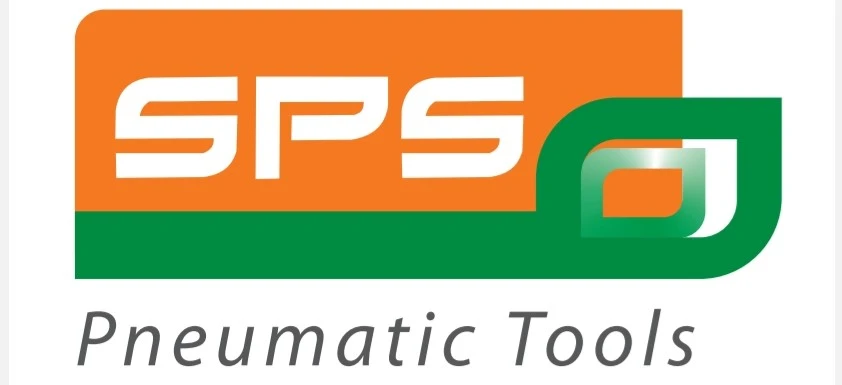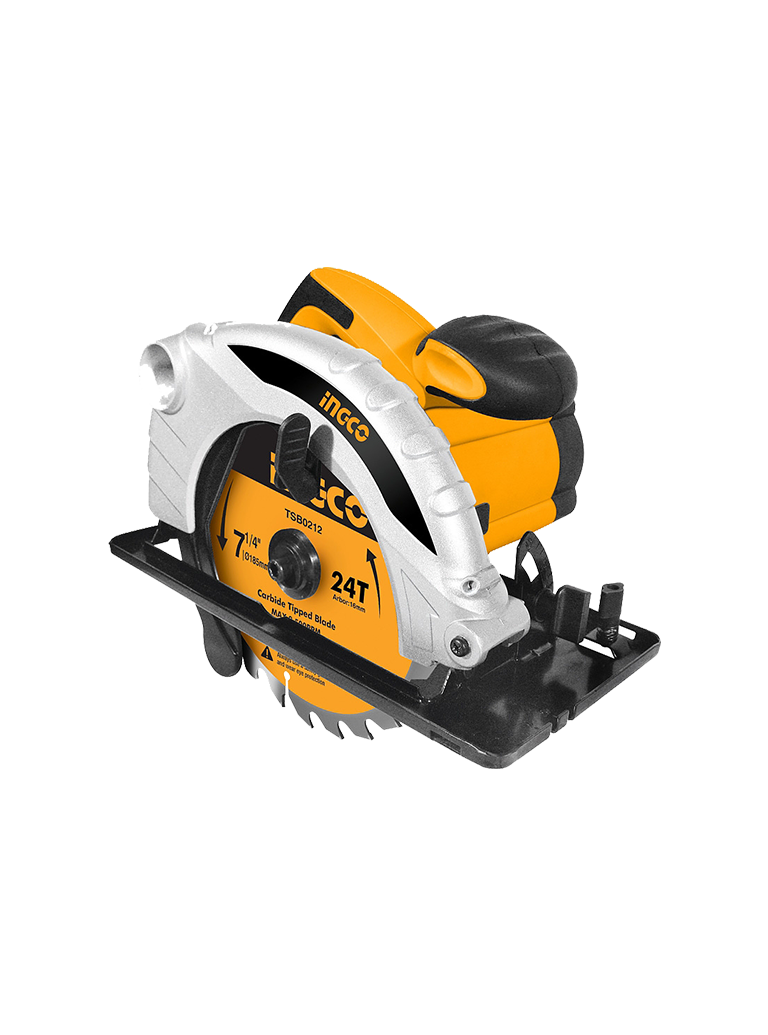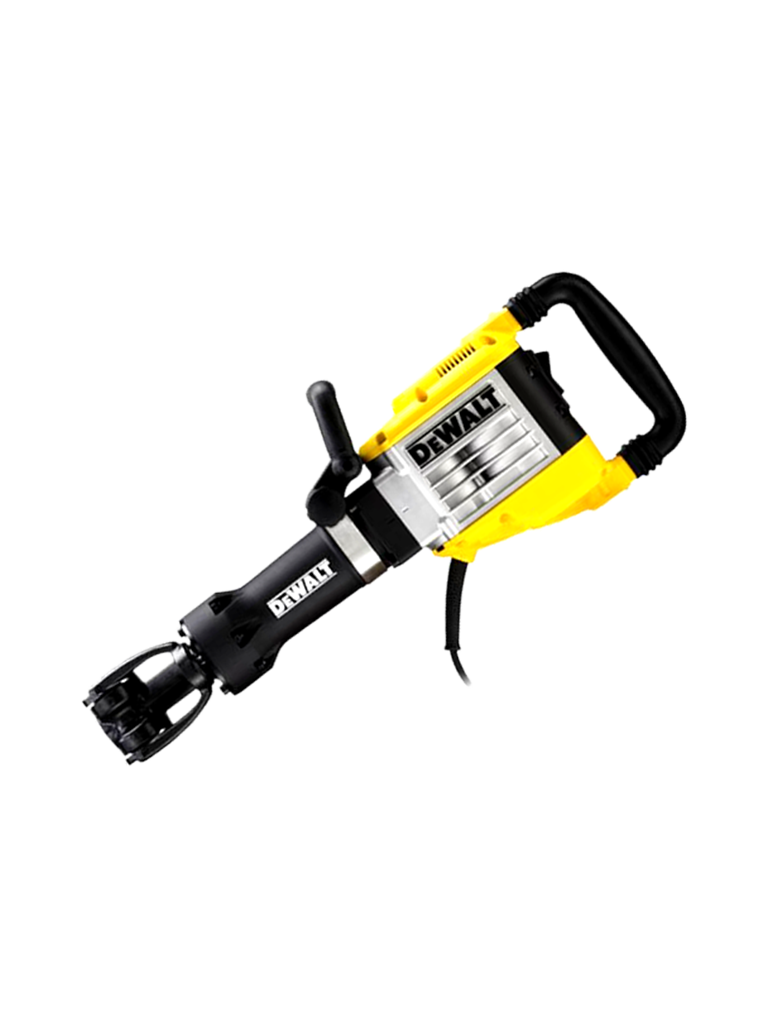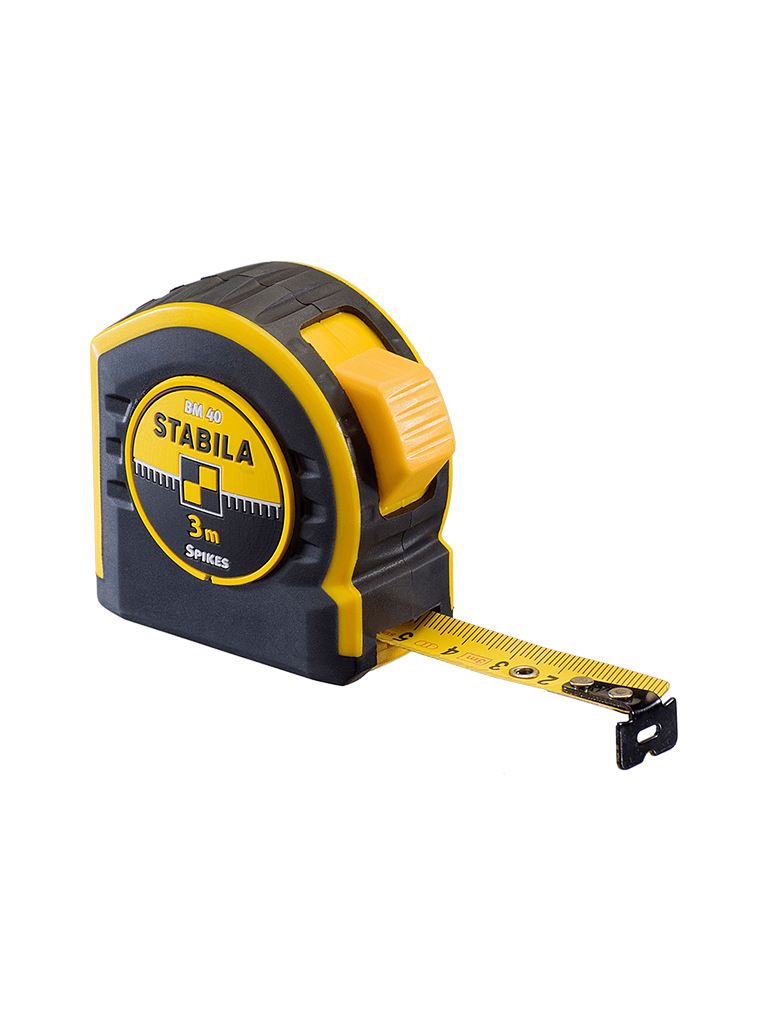Introduction: The Importance of Choosing the Right Tools
Every business, regardless of its size, relies on reliable tools to enhance task performance in the workplace. When selecting tools, consider factors such as the type of tasks being performed, power requirements, tool longevity, maintenance needs, and cost-effectiveness. Pneumatic and electric tools are widely used across industries like manufacturing, construction, automotive, and maintenance. But how do you decide which is best for your needs? This blog explores the differences between pneumatic and electric tools to help you make an informed decision.
Table of Contents
- What Are Pneumatic Tools?
- What Are Electric Tools?
- Key Differences Between Pneumatic and Electric Tools
- Which Is Better for Your Business?
- Conclusion
- Final Thoughts
1. What Are Pneumatic Tools?
Pneumatic tools, also known as air tools, are powered by compressed air. They are commonly used in heavy-duty applications and industries that require high power. These tools rely on air compressors for operation, and their performance depends on the availability of compressed air.
Key Features of Pneumatic Tools:
- Air-Powered: Use compressed air as their power source.
- High Power: Generate more torque and power compared to electric tools.
- Durable: With proper maintenance, they have a longer lifespan.
- Lightweight: Easier to handle and reduce user fatigue.
Common Examples:
- Pneumatic drills
- Sanders
- Impact wrenches
- Air hammers
Advantages of Pneumatic Tools:
- Efficiency: Can run continuously without overheating.
- Power: Provide more torque for tough tasks.
- Lightweight Design: Easier to operate for extended periods.
- Less Maintenance: Fewer moving parts reduce maintenance needs.
Disadvantages of Pneumatic Tools:
- Need for an Air Compressor: Requires an additional investment.
- Limited Mobility: Air hoses can restrict movement.
- Air Supply Maintenance: Regular maintenance of compressors and air lines is necessary.
2. What Are Electric Tools?
Electric tools are powered by electricity and are commonly used in environments where portability is essential. They come in corded or cordless models, with cordless tools offering greater mobility through battery power.
Key Features of Electric Tools:
- Electric-Powered: Use electricity as their power source.
- Corded or Cordless: Available in both models for flexibility.
- Easily Accessible: Simple to use in almost any work environment.
Common Examples:
- Drills
- Saws
- Grinders
- Sanders
Advantages of Electric Tools:
- Portability: Cordless models offer increased mobility.
- No Air Compressor Needed: Do not require additional equipment.
- Convenience: Battery technology has improved power output.
- Low Maintenance: Easier to maintain than pneumatic tools.
Disadvantages of Electric Tools:
- Limited Power: Generally less powerful than pneumatic tools.
- Overheating: Can overheat during extended use.
- Corded Models: Cords can limit mobility and create tripping hazards.
3. Key Differences Between Pneumatic and Electric Tools
Here’s a comparison of the key differences between pneumatic and electric tools:
| Feature | Pneumatic Tools | Electric Tools |
|---|---|---|
| Power Source | Compressed air | Electricity (corded or cordless) |
| Mobility | Limited by air hoses | Cordless models are highly mobile |
| Power Output | Higher power and torque | Lower power, but improving |
| Tool Weight | Lighter | Heavier, especially high-powered models |
| Maintenance | Requires air compressor maintenance | Easier to maintain |
| Cost | Can be more expensive | Generally less expensive |
| Durability | High, with proper maintenance | Varies; generally less durable |
| Ease of Use | Requires air compressor and hoses | More straightforward, especially cordless |
4. Which Is Better for Your Business?
Choosing between pneumatic and electric tools depends on your business needs. Here are some factors to consider:
Choose Pneumatic Tools If:
- Your business requires heavy-duty tasks like construction or automotive repair.
- You have or plan to invest in a reliable air compressor.
- You need more power and torque for tough jobs.
- You want tools that can run continuously without overheating.
Choose Electric Tools If:
- You need tools for lighter tasks or smaller jobs.
- Portability is a priority in your work environment.
- You don’t want to deal with air compressors or hoses.
- Electricity is readily available in your workspace.
5. Conclusion
The choice between pneumatic and electric tools depends on your business requirements. Pneumatic tools are ideal for heavy-duty tasks requiring strength and durability, while electric tools are better suited for lighter tasks and environments where mobility is essential. Carefully evaluate your needs to make the best decision for your business.
For high-quality pneumatic tools, consider SPS Pneumatic Tools, a trusted supplier of air-powered tools and accessories that can boost productivity and efficiency in your business.
6. Final Thoughts
Whether you choose pneumatic or electric tools, ensure your decision aligns with your business operations. If you’re unsure, consult experts like SPS Pneumatic Tools and explore their extensive collection of high-quality tools. With the right tools, your business can achieve greater productivity and performance.
Visit SPS Pneumatic Tools today to find the perfect tools for your needs!




